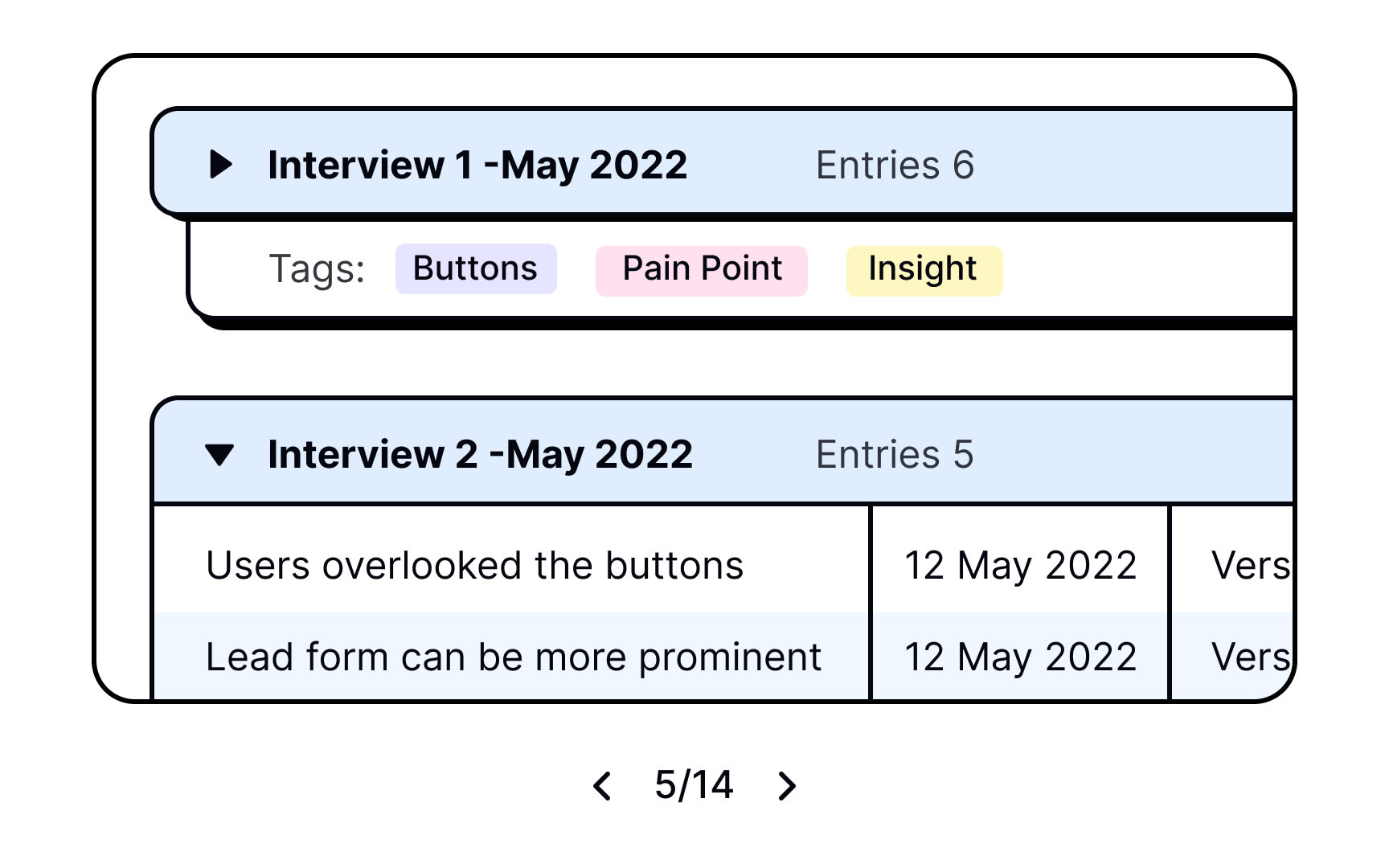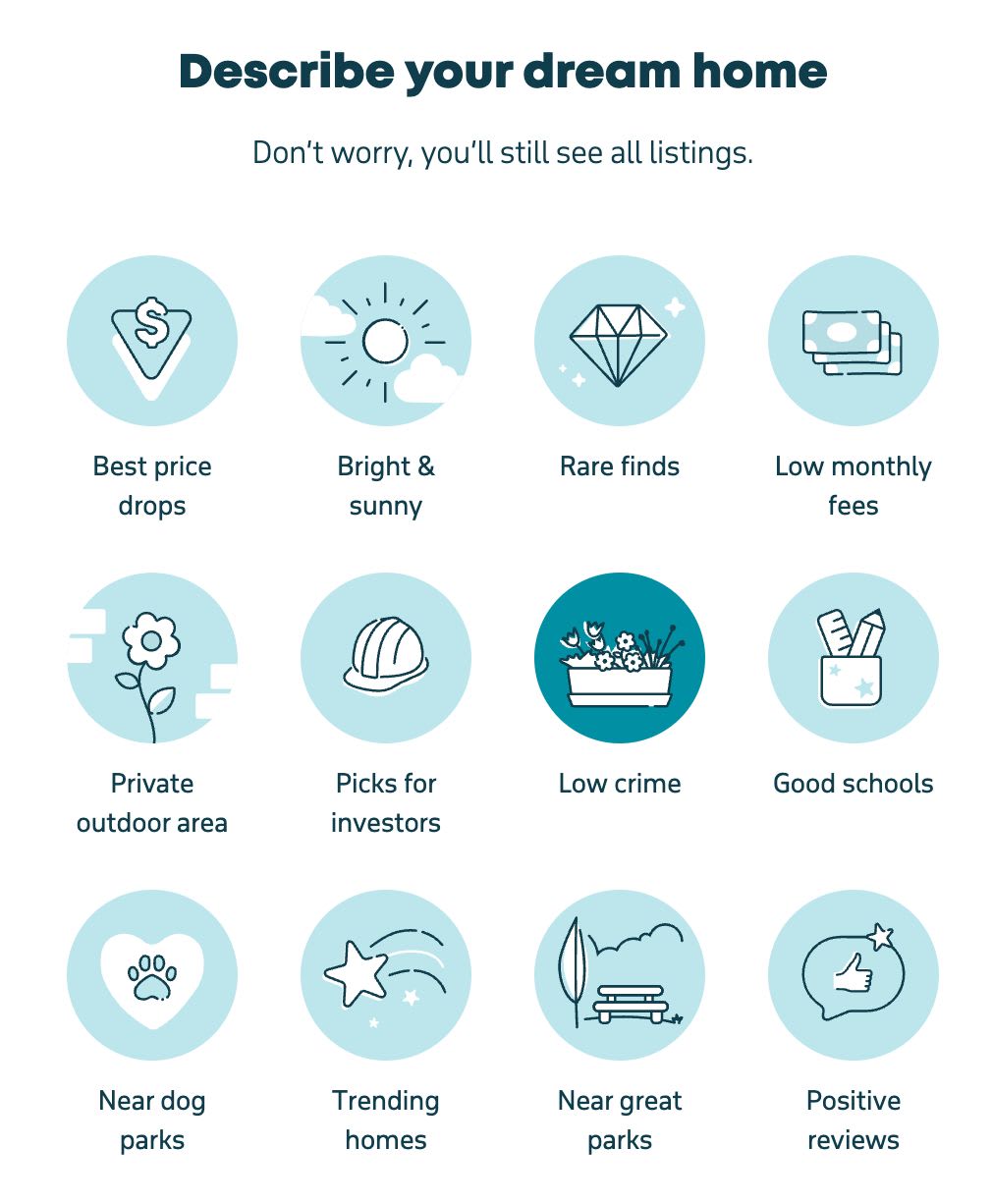How To Defend Your Design Decisions
Practical techniques to explain your design decisions, argue about their impact and protect them from design by committee.
Design decisions are often seen as a matter of opinion or preference. But design solves problems, and so good design decisions shouldn’t be based on hunches or opinions. They have good reasons, they address the problem effectively, and as such, they impact business goals.
We just need to have a strategy on how to defend our design decisions, to protect our work, avoid design by committee and pick battles wisely. Let’s see what it could be.

How to defend your design decisions? It’s always a good idea to prepare research data to backup.
Key Takeaways #
🚫 Avoid big surprises when presenting your work.
✅ Ask for feedback gradually, at different stages of the design.
✅ Strong decisions rely on data and research, not hunches.
✅ Attach your decisions to a goal, metric, or a problem.
✅ Show what’s possible short term, and your plan for the future.
✅ Re-iterate business goals before showing any of your work.
✅ Show the process that led you to your current design.
✅ Explain how your current decision impacts business goals.
✅ Highlight key takeaways from previous rounds of feedback.
✅ Highlight advantages and risks to show they’ve been considered.
🚫 Don’t fight an argument: find the problem brought into spotlight.
✅ You might be wrong: defend the project goals, not your work.
✅ Ask to articulate and explain the argument in detail.
✅ Have alternatives ready, and explain why they were discarded.
✅ Defer the decision: request to review it with your team.
🚫 One suggestion is a goldmine of other ideas waiting to be excavated.
Good Design Isn’t About Winning #
Good design isn’t about being the winner in the big meeting. It’s about finding the flaws and wrong assumptions to make sure your work matches business goals while supporting user’s needs. So be deliberate and meticulous explaining how your decisions impact business goals.
Nothing diffuses argument like agreement. Don’t get defensive — as Tom Greever said, when we become defensive, we fail to focus on the real issues. So avoid big public debates. Avoid speaking about your personal preferences, what you like or dislike.
Don’t ask “What do you think?” as it prompts personal opinions. Instead, ask if attendees agree with the direction (yes/no), and if not, why not. Most importantly, defend your design decisions when you know it’s right, but leave your ego aside when you feel you aren’t.
Useful resources #
- Defending UX Design Decisions, by Chris Kiess
- The Tyranny of Collaborative Ideation, by Lars Jerichau
- Articulating Design Decisions (Book), by Tom Greever
- How To Avoid Design By Committee, by Paul Boag
- Articulating Design Decisions to Stakeholders
- Strategies To Deal With Design By Committee, by Jen Lee



